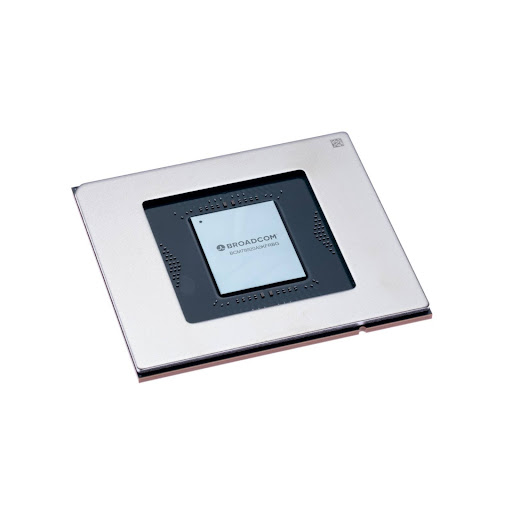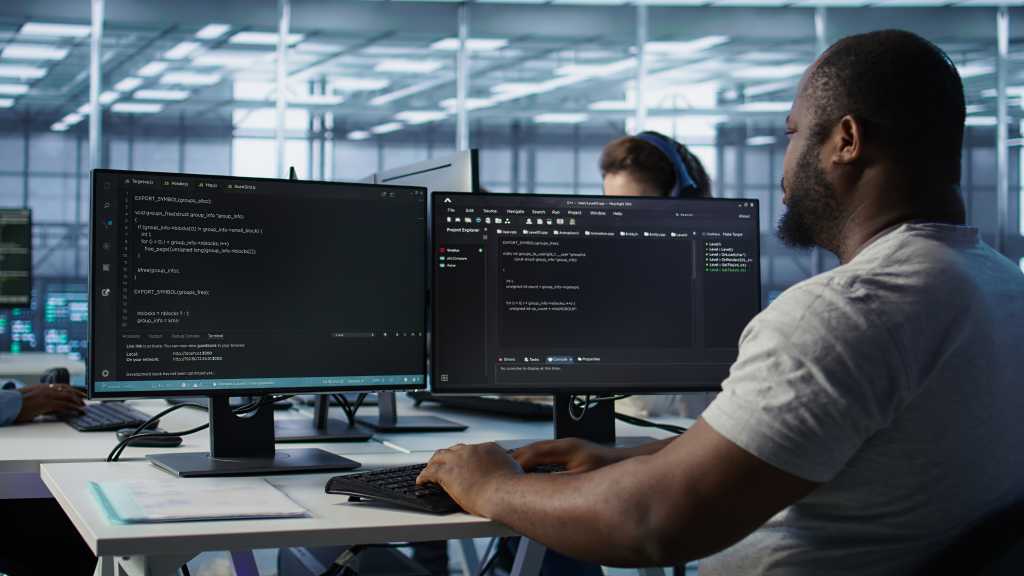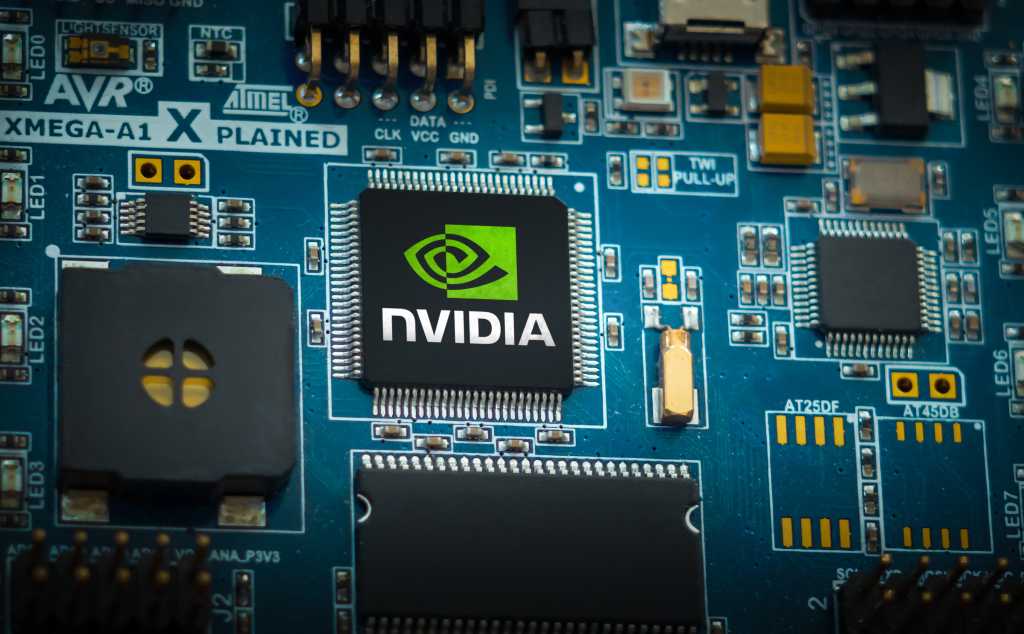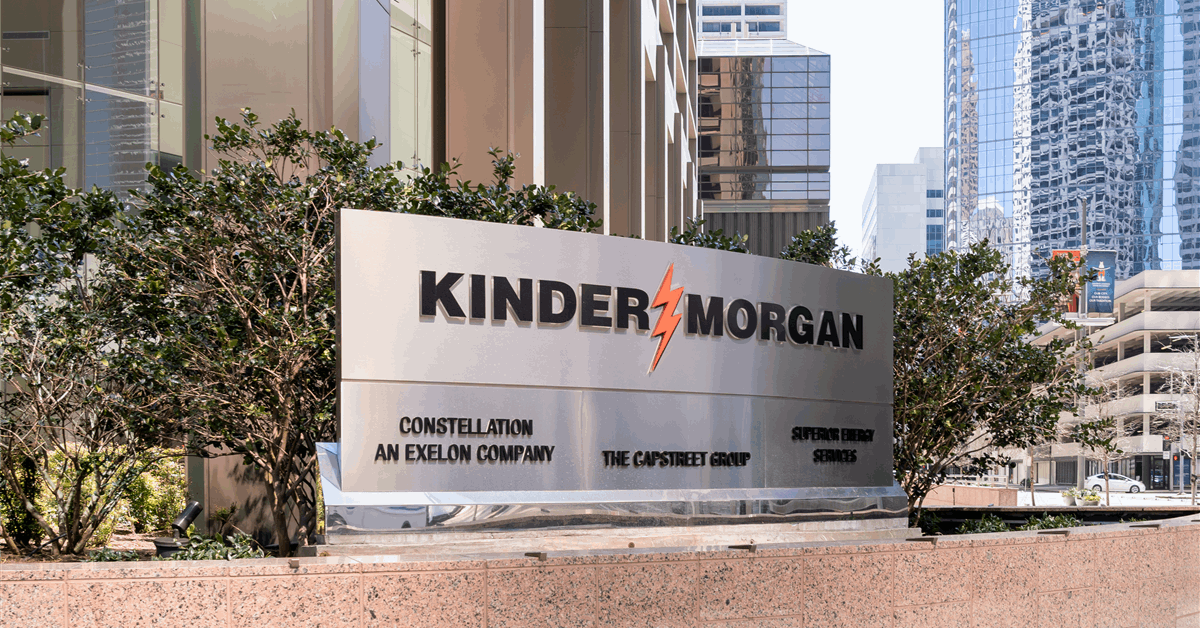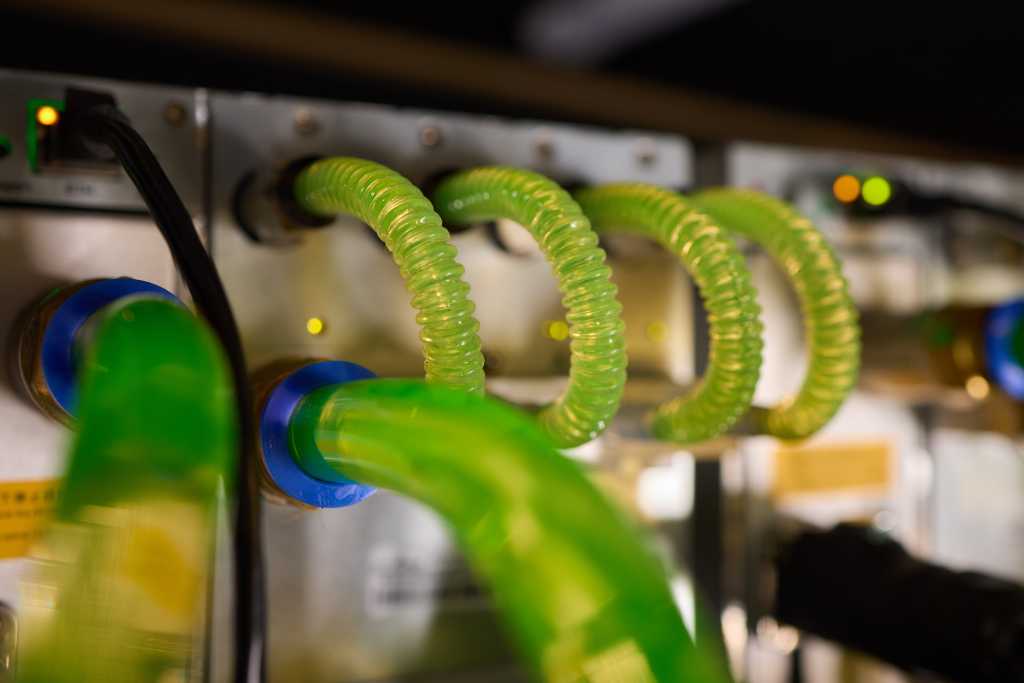
“If you have a very specific use case, and you want to fold AI into some of your processes, and you need a GPU or two and a server to do that, then, that’s perfectly acceptable,” he says. “What we’re seeing, kind of universally, is that most of the enterprises want to migrate to these autonomous agents and agentic AI, where you do need a lot of compute capacity.”
Racks of brand-new GPUs, even without new power and cooling infrastructure, can be costly, and Schneider Electric often advises cost-conscious clients to look at previous-generation GPUs to save money. GPU and other AI-related technology is advancing so rapidly, however, that it’s hard to know when to put down stakes.
“We’re kind of in a situation where five years ago, we were talking about a data center lasting 30 years and going through three refreshes, maybe four,” Carlini says. “Now, because it is changing so much and requiring more and more power and cooling you can’t overbuild and then grow into it like you used to.”

